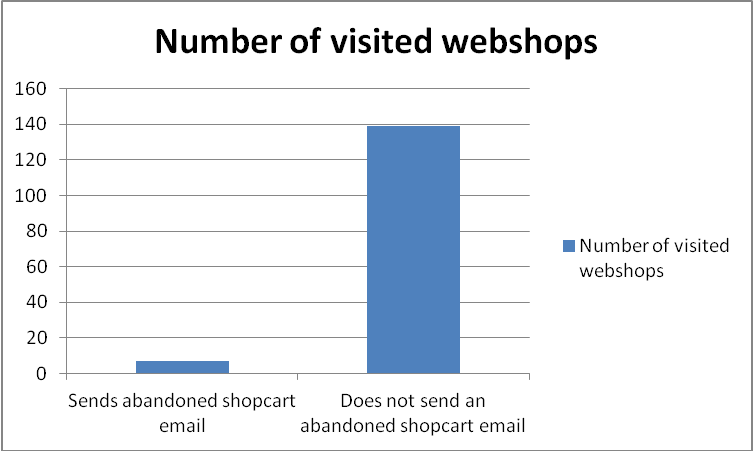Opt-out: Do not stop your client!
by Clayton van Oostwaard
It is very hard to prevent a relation from not wanting to receive your messages by email or mobile. That is why you should make the opt-out function as accessible as possible. Offer the client one final alternative and learn more about why he left. According to Dutch legislation it is even mandatory to offer the relation the right to object. You always have to offer an opt-out.
An opt-out can be provided in several ways:
- Place your unsubscribe links both at the top and bottom of the email, making it easier to find. This prevents the recipient of clicking on 'mark as spam'.
- Use a list-unsubscribe header. This allows your recipient to unsubscribe in one click and facilitates processing abuse reports.
- Don't unsubscribe the client after one click. Use a double opt-out and try to convince the client of staying. Offer alternatives such as temporarily stopping the emailings, or receiving the mailings less frequent, etcetera.
- Try to find out why your clients unsubscribe. Offer them some room for feedback, for example by using a web form (unsubscribe form). This helps you find out what points within your marketing campaigns need improving. Such a web form can be placed on the website and is linked to the client database. This allows the web form to recognize who enters the page (after clicking on 'unsubscribe' in an email). Client data that is already known is automatically filled out on the web form. When the client submits the form, the data in the database will be adjusted or removed. This automates the process of unsubscribing.
Double opt-out
A double opt-out works according to the same principal as a double opt-in. When using a double opt-out, the relation receives a confirmation mail or is redirected to a special landing page. The relation is then asked to confirm the request to unsubscribe.




